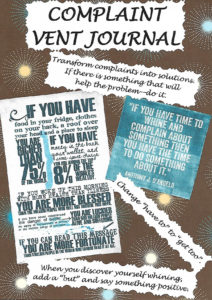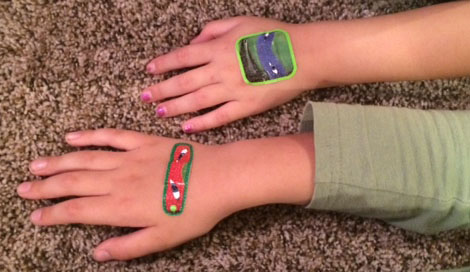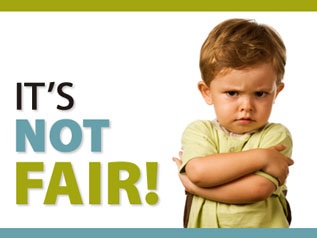
Have you ever had lyrics to a song get stuck in your head…all day…sometimes even at night? I have. Often it’s little kid songs from my time in the classroom. “Five Little Monkeys” and “Wheels on the Bus” are hard to shake.
What an easy and powerful way to get positive messages to permeate your brain. An uplifting song filling my car on the way to work helps me get the day off to a good start. Positive songs can also help our kids. Instead of listening to songs about depression, money, drugs, and sex, they can pump in music with encouraging messages. Our lectures may often go in one ear and out the other, but a good song is likely to stay in their minds and percolate.
Here is a list of songs in a variety of styles (some old, some new) with positive messages that are worthy of being stuck in our heads.
- “Beautiful Day” by U2
- “Brave” by Sara Bareilles
- “Stronger” (What Doesn’t Kill You) by Kelly Clarkson
- “What a Wonderful World” by Louis Armstrong
- “Best Day of My Life” by American Authors
- “Unwritten” by Natasha Bedingfield
- “Happy” by Pharrell Williams
- “All You Need is Love” by The Beatles
- “Three Little Birds” by Bob Marley
- “Who Says” by Selena Gomez & The Scene
- “Beautiful” by Christina Aguilera
- “Don’t You Worry Child” by Swedish House Mafia
- “Don’t Stop Believin'” by Journey
- “Skyscraper” by Demi Lovato
- “Crazy Dreams” by Carrie Underwood
- “Fight Song” by Rachel Platten
- “Stronger” by Mandisa
- “Get Back Up” by Toby Mac
- “Gold” by Britt Nicole
- “Free to Be Me” by Francesca Battistelli
- “Unwritten” by Natasha Bedingfield
- “It’s a Beautiful Day” by Jamie Grace
- “Move” by Mercy Me
- “Strong Enough” by Matthew West
- “Walking on Sunshine” by Katrina and The Waves




 of the other kids started screaming because of the noise…” On and on I ranted. It was seriously a case of Alexander and the Terrible, Horrible, No Good, Very Bad Day spewing from my mouth.
of the other kids started screaming because of the noise…” On and on I ranted. It was seriously a case of Alexander and the Terrible, Horrible, No Good, Very Bad Day spewing from my mouth.




 seems unfair. It shares the story of a Navajo girl who spent years working toward owning a horse of her own. Just when her dream is within her grasp, disaster strikes, and the pinto filly she earned goes to someone else. So unfair! She struggles with the choice to persevere and grow or withdraw and wither.
seems unfair. It shares the story of a Navajo girl who spent years working toward owning a horse of her own. Just when her dream is within her grasp, disaster strikes, and the pinto filly she earned goes to someone else. So unfair! She struggles with the choice to persevere and grow or withdraw and wither.